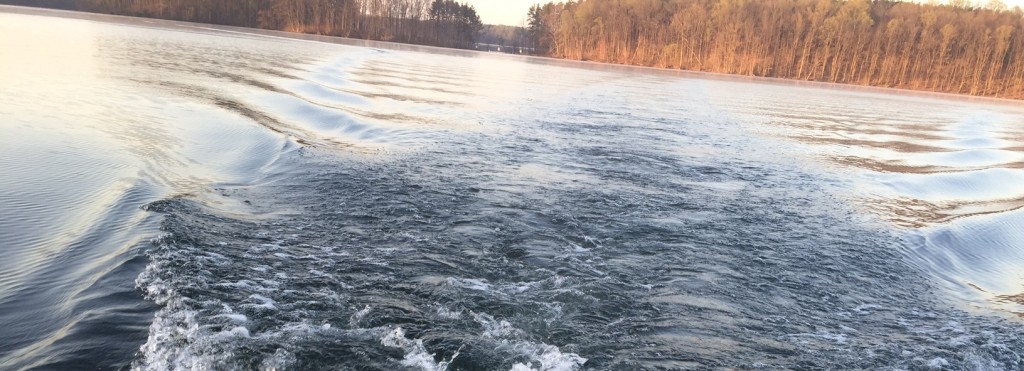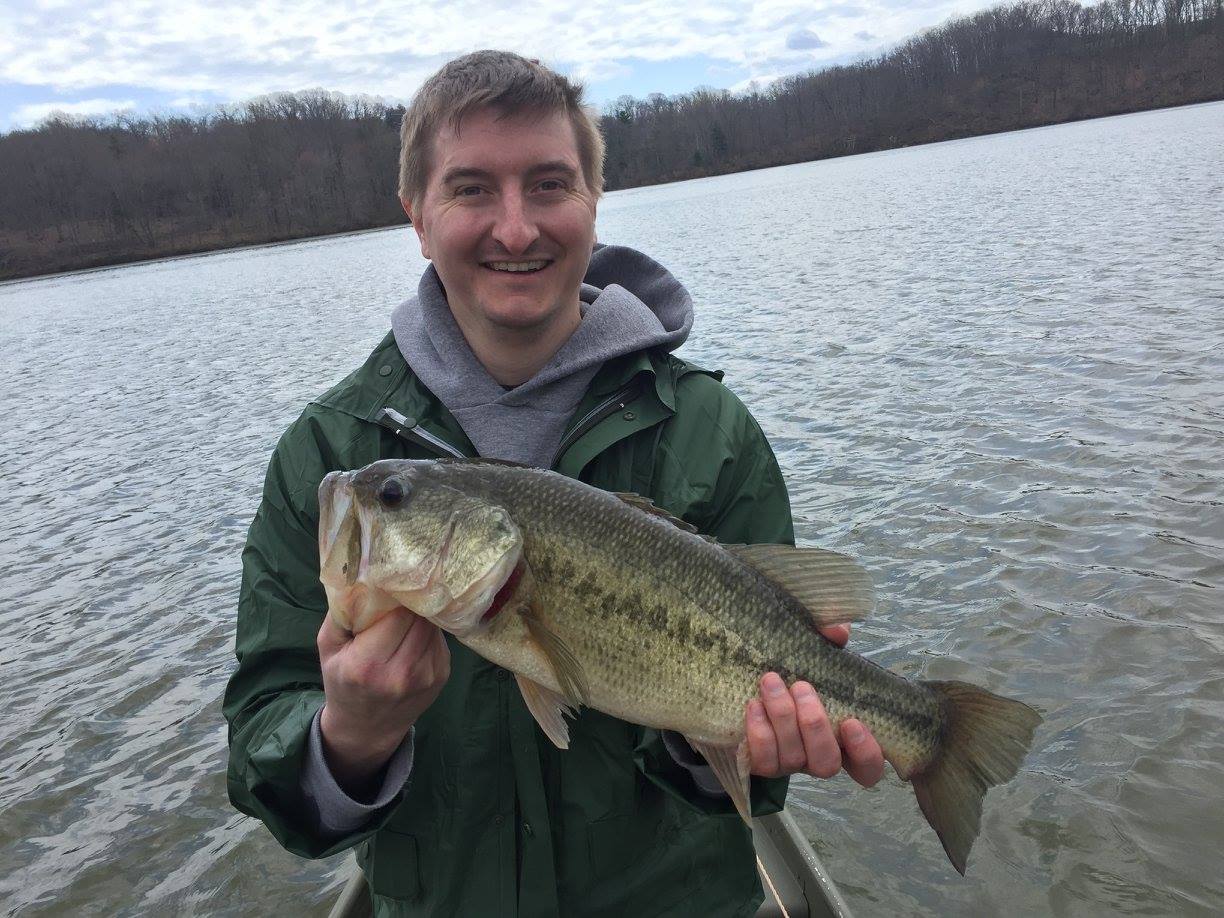We’ve all been there. You’ll be searching the Internet and forums looking for advice on what’s working and what’s not when it comes to lures. Then, halfway through the article, you are inundated with a bunch of colloquial terms that you can’t visualize.
“Wait–what’s the difference between a tube bait and a soft plastic? Isn’t a crankbait and a jerkbait the same thing? Is crawldad even a real lure?!”
So, we’ve decided to develop an exhaustive reference guide for you to use, so the next time you come across information from others on the lure that’s killin’ it on your lake right now, you’ll know definitively what they’re referring to; and more importantly, what’s missing from your tackle box!
We will continue to update this article as necessary. For starters, however, we’ve identified the basic, go-to lures you should know.
Soft Plastics
These plastic or rubber lures have low durability, but are sought out for their lifelike action and broad variety.
Worms
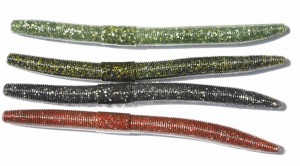
Worms are a great lure for any conditions and any time of year. These will come in a variety of lengths, colors, and thicknesses. There are several ways they can be rigged and used, and are always a great option for catching a variety of fish.
Most popular brands: Gary Yamamoto Senko, Berkley Gulp, Yum, Zoom
Swimmers

These lures are made in the image of various swimming creatures such as fish, crayfish, salamanders, and frogs. Their success lies in imitating creatures that are naturally found in the environment.
Most popular brands: Lunker City, Lake Fork, Berkley Powerbait
Grubs
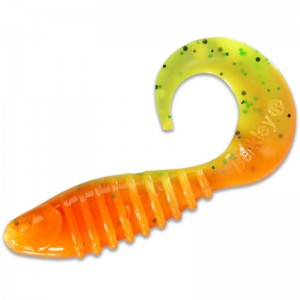
These low priced lures come in a variety of colors that make them usable in a variety of applications. A small curved tail gives them a wiggle action that attracts several species of fish.
Most popular brands: Mister Twister, Berkley Powerbait, Southern Pro
Tubes
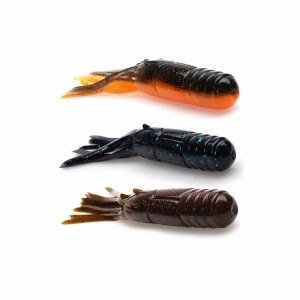
These squid-like lures, also called gitzits, are somewhat of a cross between a worm and a grub. Often used as drop baits, they have several small tails that give them a unique action that will draw fish out of their hiding places.
Most popular brands: Gary Yamamoto, Berkley Havoc, Dry Creek Outfitters
Jigs
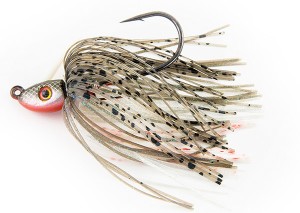
Jigs are top-heavy lures that are made to “dance” through the water. They come with a variety of features such as weed guards, skirts, and rattles. These lures are great for reaching the depths in a hurry and attracting fish with their noise.
Most popular brands: Booyah, Jewel Bait, Strike King
Crankbaits
These lures are often made of wood or plastic and take action as you crank your reel.
Plugs

Also called stick baits, these fish like lures are made to dive to specified depths and take on a variety of actions. Some swim smoothly, some are jerky, and some are made to imitate an injured fish. These lures drive fish crazy, but are most likely to snag or get stuck in the weeds.
Most popular brands: Rapala, Strike King, Yo-ziri, Livetarget
Poppers
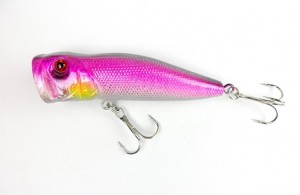
These floating lures are made to ripple the surface of the water and create a “popping” sound to attract fish. These are a great option when the fish are breaching the water around you.
Most popular brands: Rapala, Strike King, Rebel, Yo-ziri, Livetarget
Spinners
A touch of metal is the main feature of these types of lures, giving them both a shine and a spinning action.
Spoons

This simple spinner involves a weighted, curved piece of metal with a trailing hook. It will spin and weave through the water to attract a variety of fish.
Most popular brands: Blue Fox, South Bend, Northland Tackle, Daredevle, Luhr Jensen
Inline Spinners
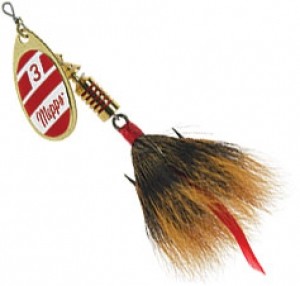
Often paired with a feathery tail, these lures have a treble hook with a metal propeller-like blade in the lead.
Most popular brands: Mepps, Yakima, Blue Fox
Spinner bait
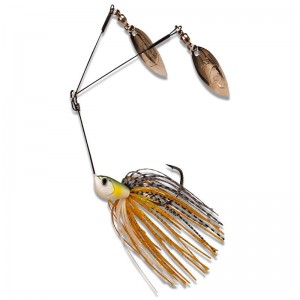
Also called “safety pins” for their angular shape, these popular lures feature a skirted hook with a metal spinner hovering on a separate branch. They are great for both cranking and jigging, and work in a variety of depths.
Most popular brands: Strike King, Booyah, War Eagle
Buzz Bait
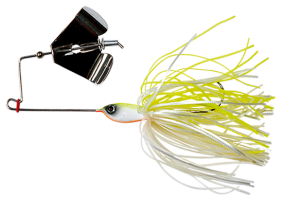
These are similar to spinner baits, but feature an angled, propeller-like spinning blade that gives it a “buzz” as it moves through the water. These lures are designed to work on, or near the surface.
Most popular brands: Hart Tackle, Strike King, Booyah
